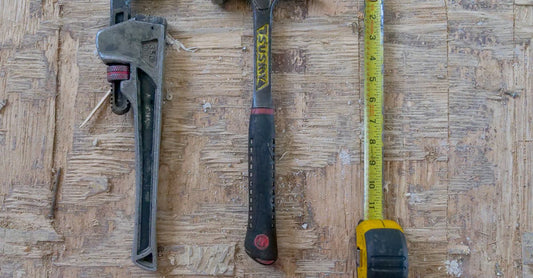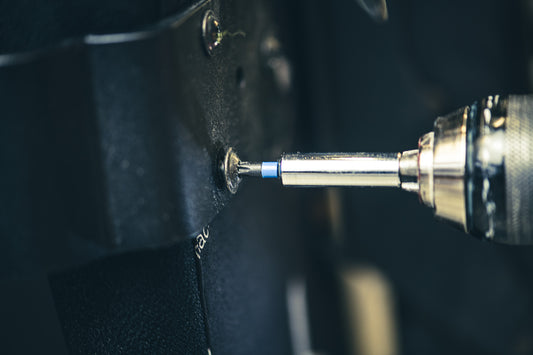As a tradesman, your tools are your livelihood. And when it comes to selecting the right tool bits for your next project, there are a few key factors you'll want to keep in mind to ensure that you're getting the job done right.
Consider the Material You're Working With
The first thing you'll want to consider when choosing a tool bit is the material you're working with. Different materials require different types of tool bits, so it's important to select the right one for the job at hand.
For example, if you're working with wood, you'll likely want a wood-cutting bit that is designed to make clean, precise cuts without tearing or splintering the wood. If you're working with metal, on the other hand, you'll want a metal-cutting bit that is able to withstand the high heat and pressure of metalworking.
Think About the Size and Shape of the Bit
The size and shape of the tool bit you choose will also play a key role in determining its effectiveness for your particular project. Different bits are designed for different tasks, so it's important to choose one that is the right size and shape for the job.
For example, if you're working on a project that requires a lot of precision drilling, you'll want a drill bit that is small and sharp, with a pointed tip that can easily penetrate the material. On the other hand, if you're working on a project that requires larger, more aggressive cuts, you'll want a bit that is larger and more robust.
Consider the Speed and Feed Rate
Finally, it's important to consider the speed and feed rate of your tool bit. Different materials and cutting tasks require different speeds and feed rates, so it's important to choose a bit that is designed to work at the right speed for your particular project.
Generally speaking, the harder and more brittle the material you're working with, the slower the speed and feed rate you'll want to use. So if you're working with a particularly tough material like titanium, for example, you'll want to use a slow speed and feed rate to prevent the bit from breaking or chipping.
Final Thoughts
Choosing the right tool bit for your next project is crucial for achieving the best possible results. By considering the material you're working with, the size and shape of the bit, and the speed and feed rate, you'll be well on your way to selecting the perfect tool for the job.
So next time you're stocking up on tools for your toolbox, remember to think carefully about which tool bits you'll need for your next project. Your future self (and your clients) will thank you for it!




